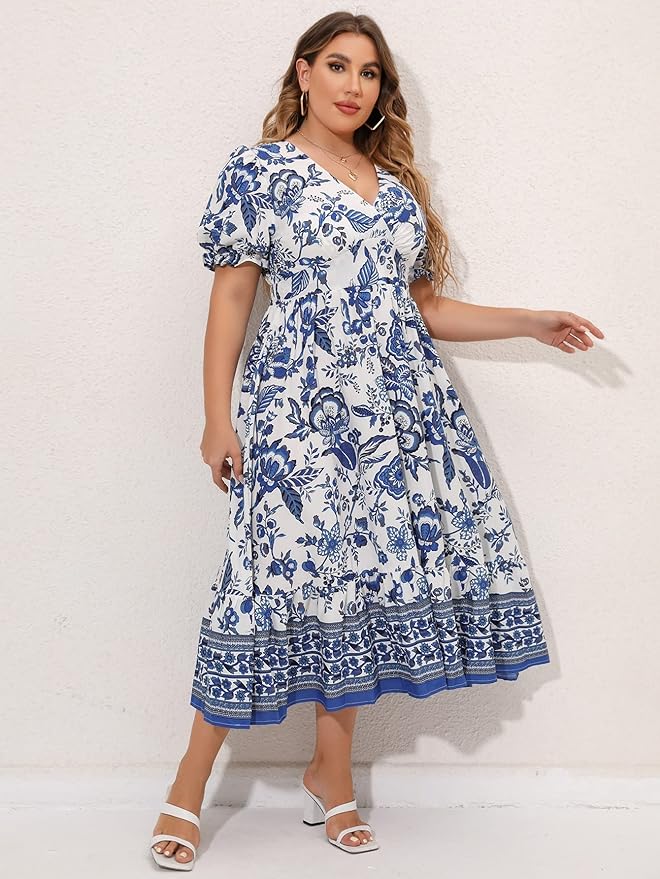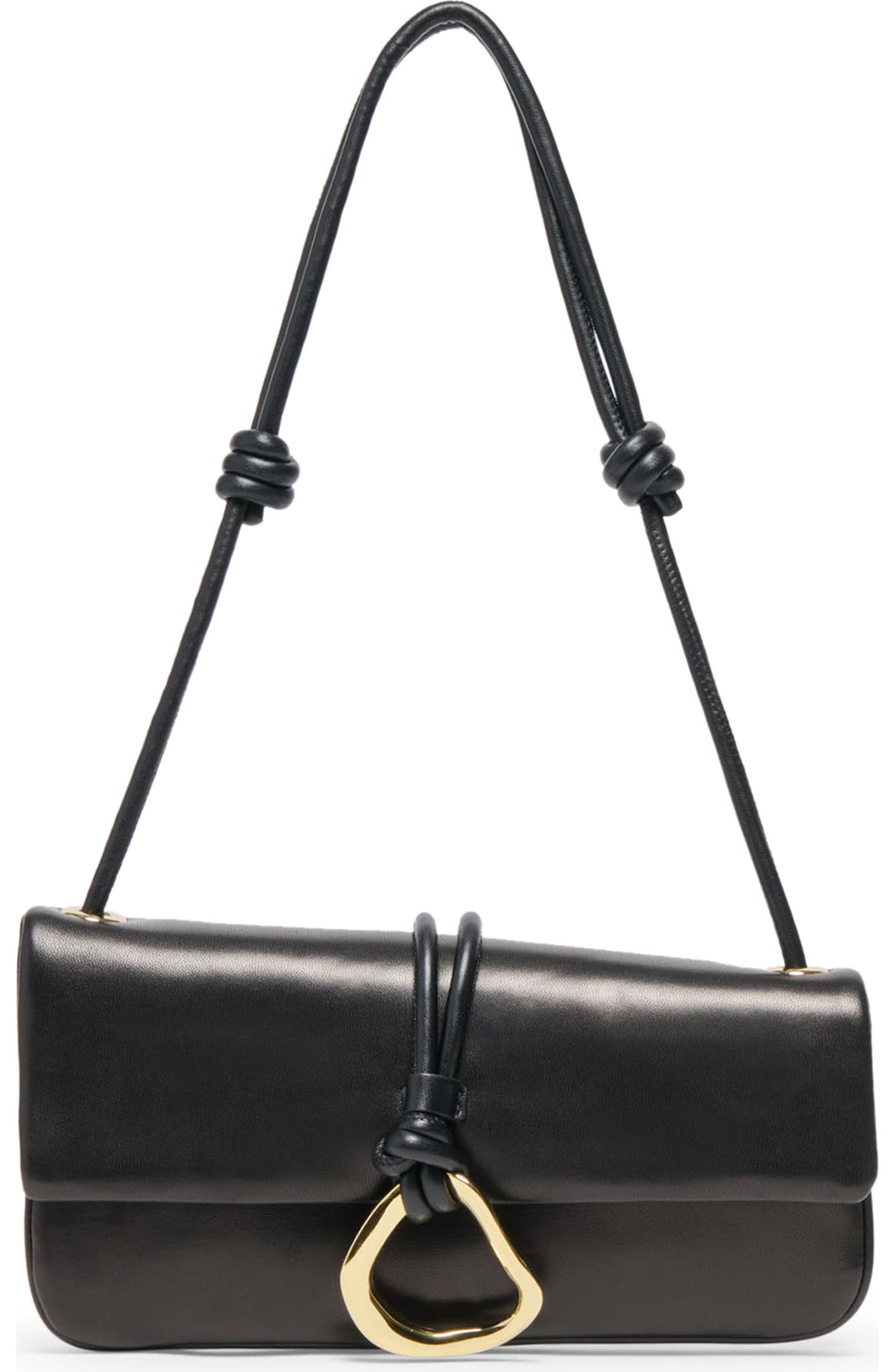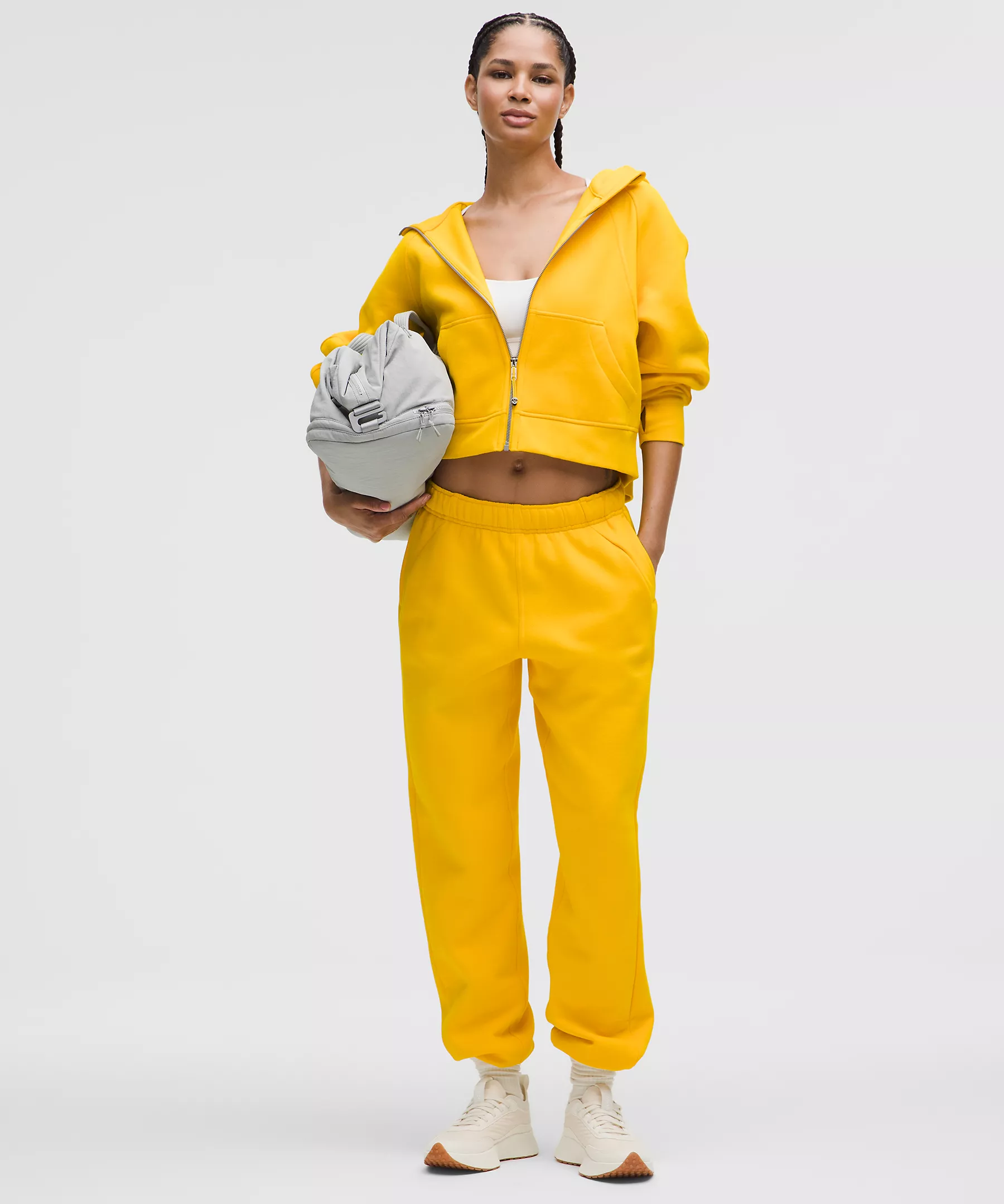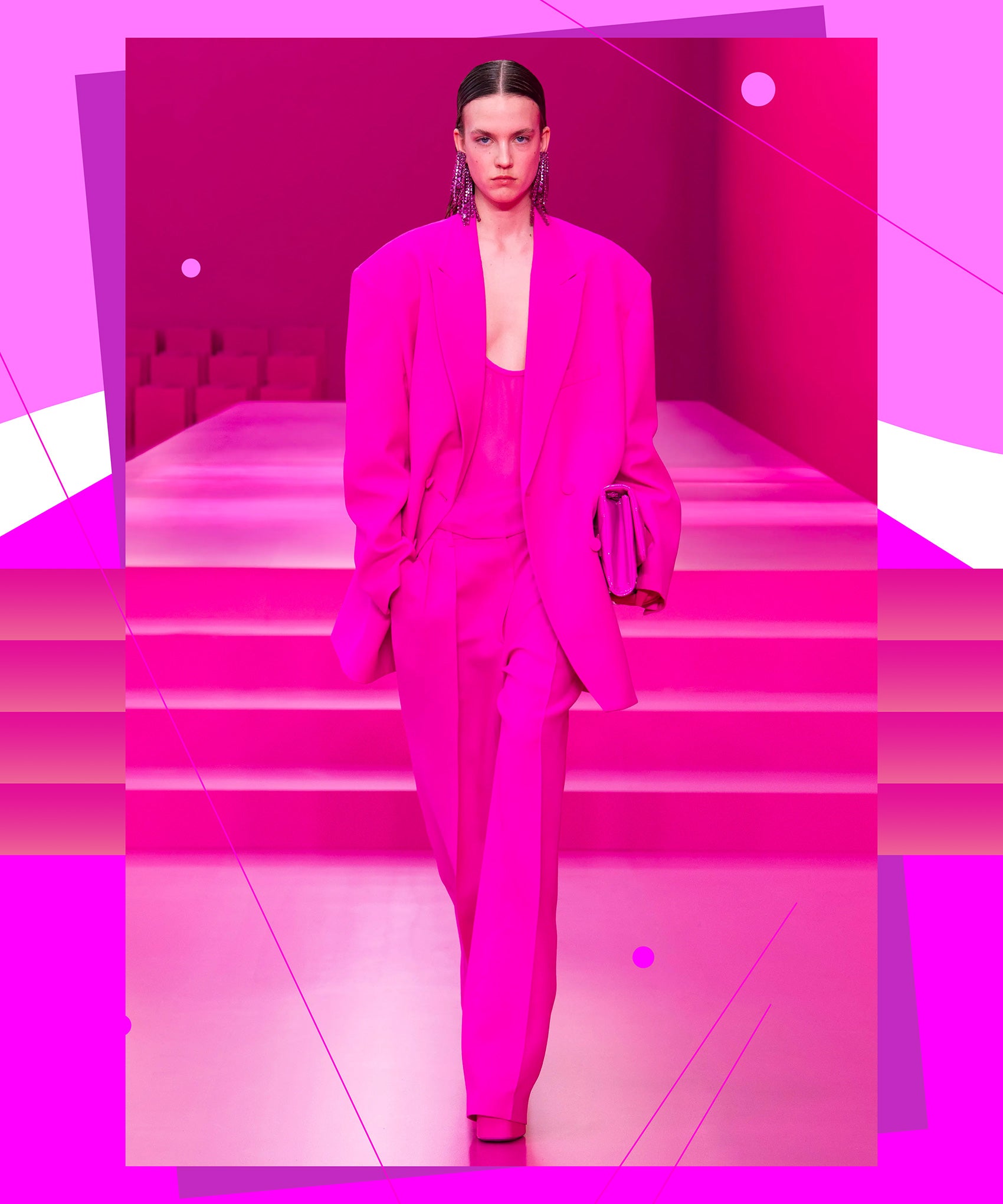
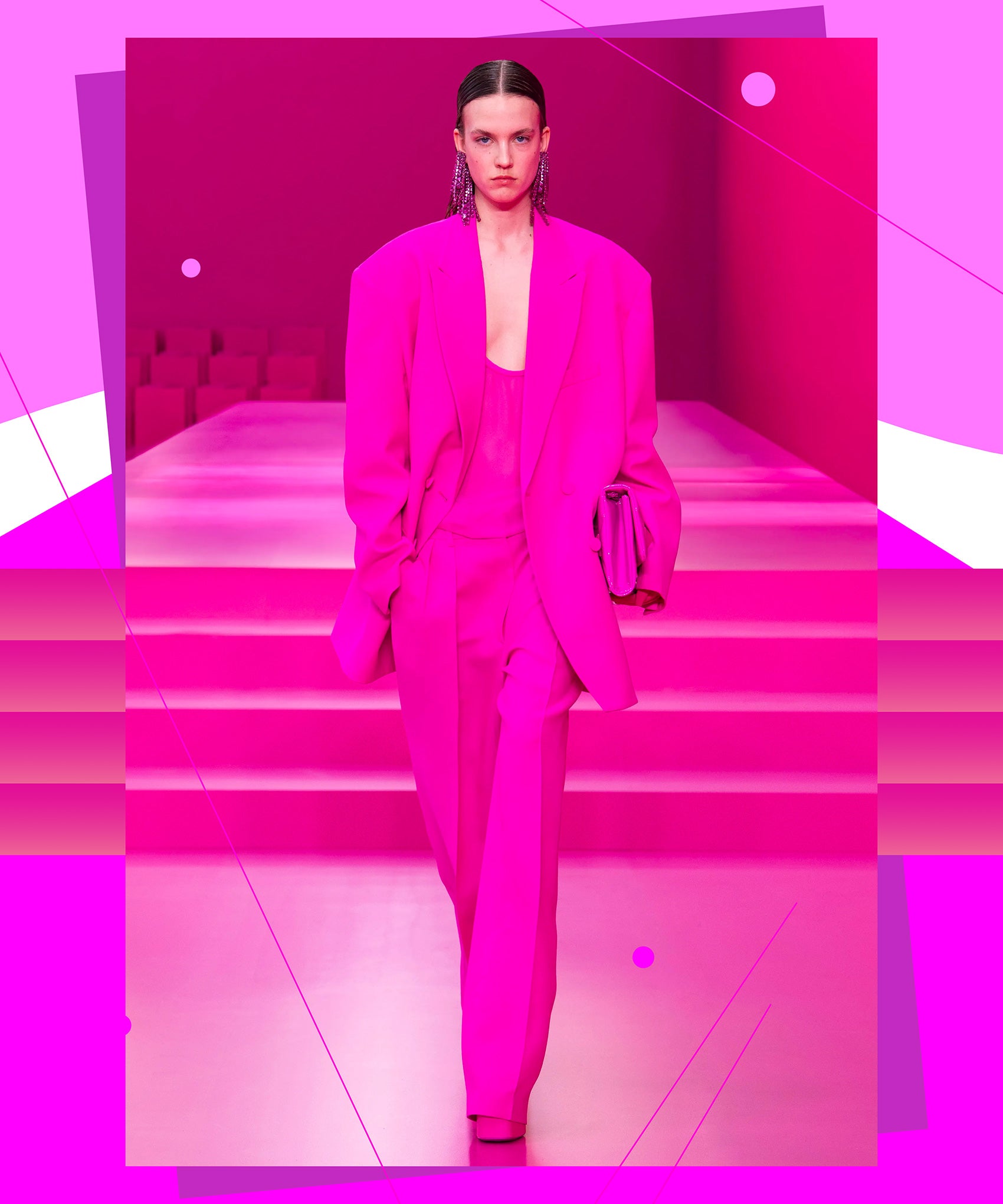
I asked for no pink clothes but I got them anyway. That’s what happens when you get pregnant with a baby girl — people begin to shower you with pink. At first, I was annoyed, then later I got angry. Eventually, though, I felt resigned.
Three-plus years later, hot pink is everywhere, not just in my parenting life. It’s fashion’s color of the year, a staple of TikTok’s much-discussed Bimbocore trend and Barbiecore (a related but less overtly sexualized trend inspired by Greta Gerwig’s in-production film). It’s on runways (see: Valentino’s Fall ’22 runway that featured a primarily pink collection), celebrities (Lizzo, Florence Pugh, Anne Hathaway), and in stores both indie and mainstream.
Love it or loathe it, hot pink is a color trend with legs. From fluorescent pink to fuchsia, this bold, aggressive color has become deeply embedded in the American psyche as a shorthand for all things both feminine and femme. While I’ve long resisted the pull of pink, this newest iteration of the color has me rethinking my stance. I’ve started to see the allure of big, loud, scorching pinks. They were, after all, the first colors to ever appear on planet earth some 500 million years ago.
Culturally, pink is a lot newer. Since color trends always start with the Adamic act of naming, it’s worth noting that pink is a rather unique color, linguistically. While Russian, for example, has two separate words for both blue and light blue, English doesn’t typically distinguish between principle hues and their paler variants. In the 17th century, this changed with the emergence of the word “pink.” The color (a lighter shade of red) is named for a flower: pinks are a family of flowers that include carnations, sweet williams, “maiden pinks,” among others. These flowers were, in turn, named for their jagged edges, which looked like they had been cut with a type of scissors, “pinking shears.” Used to make zig-zag rifts in fabric, this tailors’ tool is what gave us the word. Not a flower then, a blade.
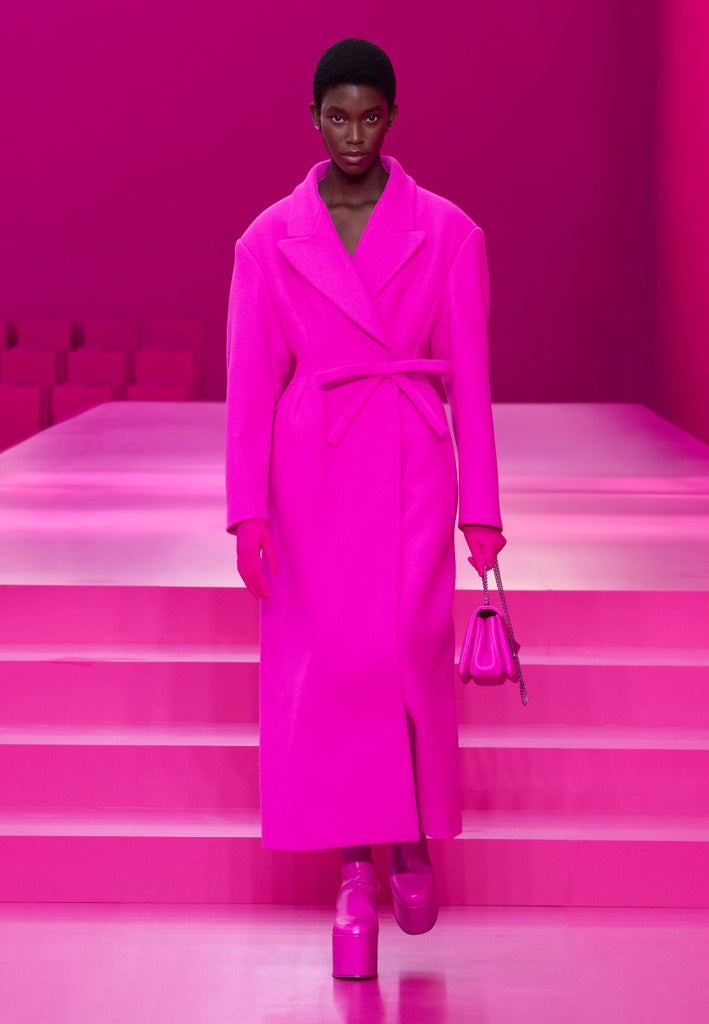
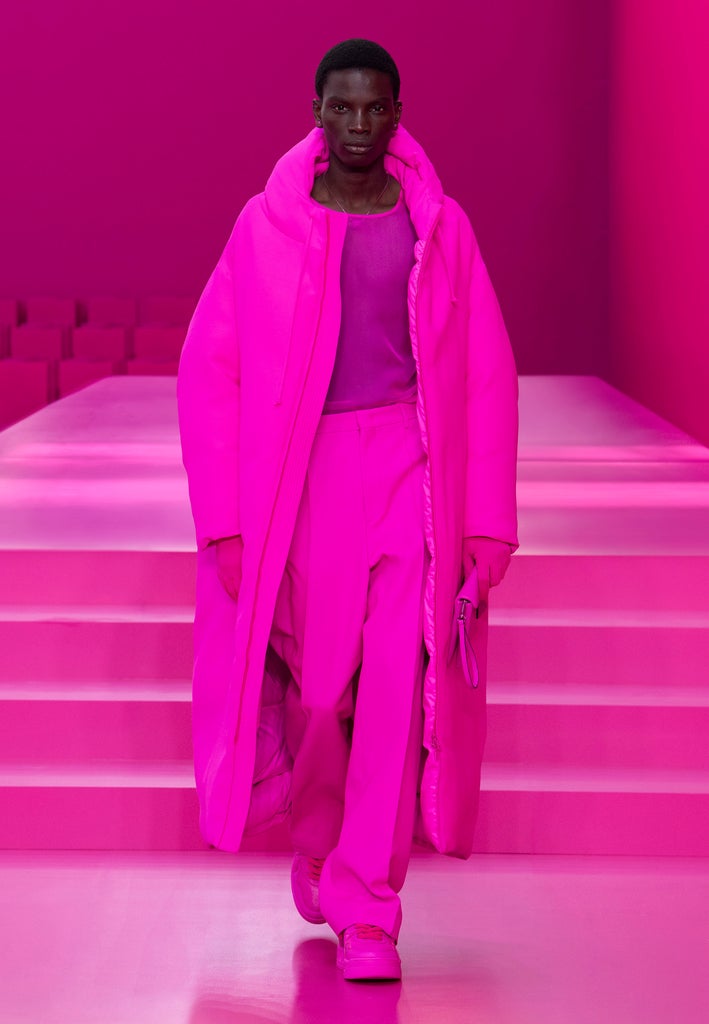
But over the last 200 years, pink has become culturally linked to the so-called gentler sex, an association that tends to emphasize the floral qualities of gender performance rather than the cutting ones. This linkage, between pink and girls, started in the Victorian era, gained strength in the 20th century, and remains strong to this day as evident by the apparel I received for my daughter. But while pale pink tends to be tied to all the innocence of girlhood, hot pink is, well, a lot hotter and more taboo. There’s a reason Sex and the City’s producers chose this hue for their title cards, and there’s a reason trendy sex toy companies almost always offer a hot pink colorway for their products, and there’s a reason googling “pink house” will bring up an Australian brothel.
The first hot pink to hit big in American fashion was introduced, unsurprisingly, by a woman designer. Elsa Schiaparelli was an Italian designer whose aesthetic, in the words of historian and color expert Kassia St. Clair, “was liberally seasoned with surrealism and daring.” Schiaparelli was behind the iconic lobster dress as well as a number of other madcap garments, including a hat shaped like a hand, a frock covered in seed packets, and a long black skeleton gown with rib-like padding. But she became most known for her use of “Shocking Pink.”
“She dressed Zsa Zsa Gabor in it for the 1952 film Moulin Rouge; used it all over the packaging for her perfume (called ‘Shocking de Schiaparelli’, of course); even smoked cigarettes with hot-pink-dyed tips,” writes St. Clair. Other midcentury tastemakers embraced the shade, including grande dame of style and former Vogue editor Diana Vreeland and everyone’s favorite “femme fatale” Marilyn Monroe, who famously wore a hot pink dress in Gentlemen Prefer Blondes. You may notice that these are all women with decidedly adult tastes. While some shades of pink feel docile, soothing, and domestic, shocking pink is anything but.
Then there’s fluorescent pink. While the heyday of American neon signage occurred during the 1920s to the 1950s, the art form had a resurgence in the 1980s. In particular, the ’80s resurgence embraced the beachy palette of Miami Vice, Valley Girl, and Lisa Frank. Think: sunset orange, neon pink, oceanic teal, cobalt blue. This palette has recently come back into style with the embrace of vaporwave aesthetics and music. The 21st-century reiteration of the nightlife-inspired, dayglow look is even edgier than the cocaine-fueled original, but there’s a similar pink light thrown onto every surface.
For those of us born in the 1980s, bright pink is a throwback to our childhood toys, our Barbie houses, our Manic Panic phases, and our Gwen Stefani worship. In more recent years, hot pink became a direct response to the tyranny of earth tones, beige, and millennial pink. There’s something a bit subversive about hot pink, a little bit trollish, a little bit esoteric. There’s a reason why Lady Gaga chose a doll-like look in the hue while Kacey Musgrave channeled Barbie for the camp-themed 2019 Met Gala. And there are several reasons why Pugh’s breast-baring gown elicited such controversy — I count the color she chose for her sheer stunner among them.
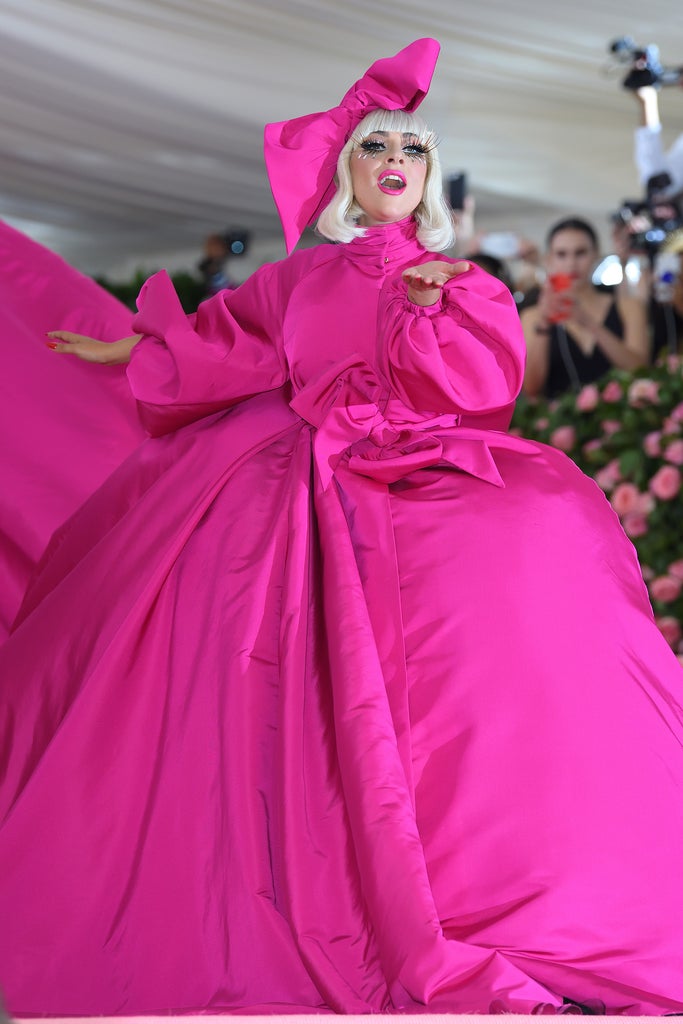
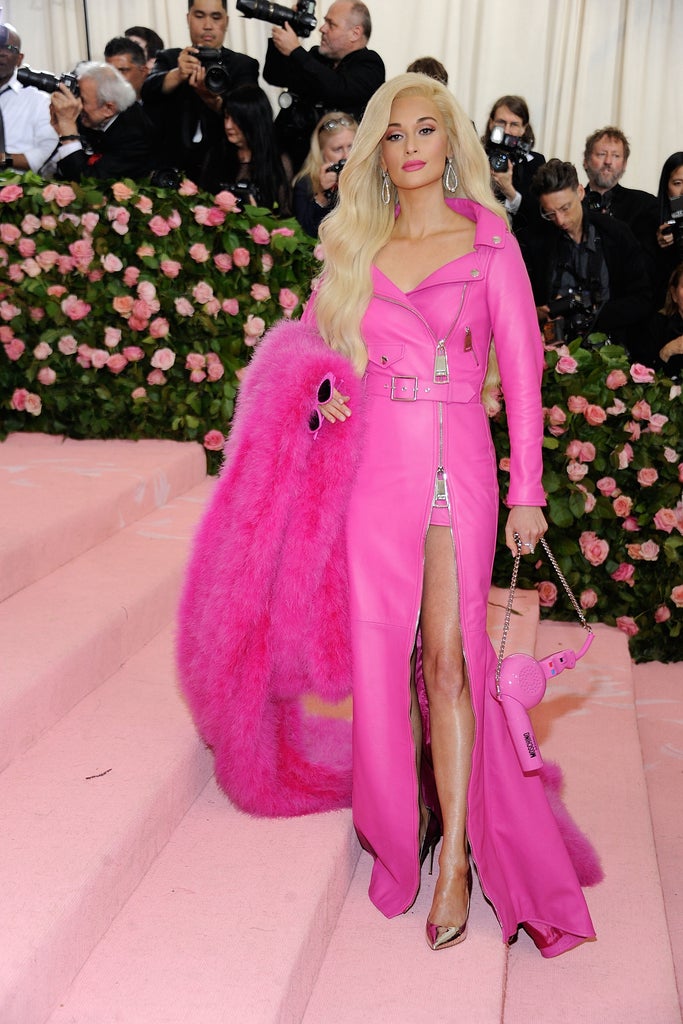
I’ve even changed my mind and been letting my three-year-old dress herself in hot pink and purple — her two favorite colors, as she’ll tell anyone who will listen. Currently, I’m wearing a hot pink Jockey sports bra under my black overalls. The look is very Avril On The Farm — fitting since I’m an ex-emo teen-gone-rural. Lately, I’ve been finding myself listening to some of my old obsessions — the screamo sounds of Cursive, the frustrated swells of Rainer Maria. Like so many millennials, Olivia Rodrigo’s 2021 album, Sour, rekindled my aural appreciation for angry, vindictive, vitriolic music. It’s a sound that comes with a scene, and that scene was never very friendly to women. Perhaps that’s why, when girls did break into punk and emo, they tended to either downplay their femininity entirely or put it all out there, Courtney Love-style — smeared lipstick, slip dresses, ripped lace, and the ubiquitous, Betsey Johnson-approved color combination of hot pink-and-black.
My loungewear aside, there are some very adult ways to wear hot pink in the scorching heat of 2022. In some ways, there’s no garment that feels emotionally further from the taupe pink Babaà sweaters of 2018 than a shocking pink trench coat by Jacquemus, a brand that has long recognized the hue’s allure, or a tailored Valentino suit (a la Zendaya). These aren’t cozy or cottagecore. And while men look fabulous in femme pink (as evidenced by Billy Porter and Harry Styles), historically it hasn’t been viewed as a gender-neutral color. Millennial pink was, arguably, a neutral. But hot pink has never claimed to be neutral in any sense. It didn’t matter that her crotch was completely paved over, we all knew Barbie was a woman.
“Pink, it’s my new obsession,” screamed Steven Tyler in his 1997 hit, “Pink.” Although the song’s lyrics made it obvious that Aerosmith was (yet again) making music about sex, once the video dropped, it became clear that “Pink” was more than just a vagina-positive song. It became an anthem for joyful gender expression, for bodies and their many defiant variations. Janelle Monáe picked up this thread in 2018 with her video for “Pynk,” which made the connection between color and body part even more explicit thanks to some amazing labia-flower pants. “Boy it’s cool, if you got the blue,” she sings between shots of women in tighty-whities emblazoned with pink text reading “I grab back” (a reference to Donald Trump’s 2005 comments and the pink pussy hats worn by protesters following his election) swaying and dancing in a pink-draped room. “We got the pink.” While some people insist on seeing genitalia as something to seize and control, the emphasis in these songs was on personal ownership and bodily autonomy (ever heard of her?!).
I think that’s the real reason we’re reaching for this hyper femme pink. It’s plastic, it’s neon, it’s fluorescent, it’s shocking, sexy, contemporary, and nostalgic all at once. It’s tacky on purpose, camp by design. Hot pink will always feel a bit like drag, an exaggerated version of feminine dressing that skews a little aggressive. During a time when the bodily freedom of pregnant people is under assault, and the rights of our trans brothers and sisters are being forcefully stripped from them, who wouldn’t want to pick the angriest, sexiest, loudest, oldest pink on the planet?
Like what you see? How about some more R29 goodness, right here?
The Subversive Appeal Of Bottega Veneta Green


